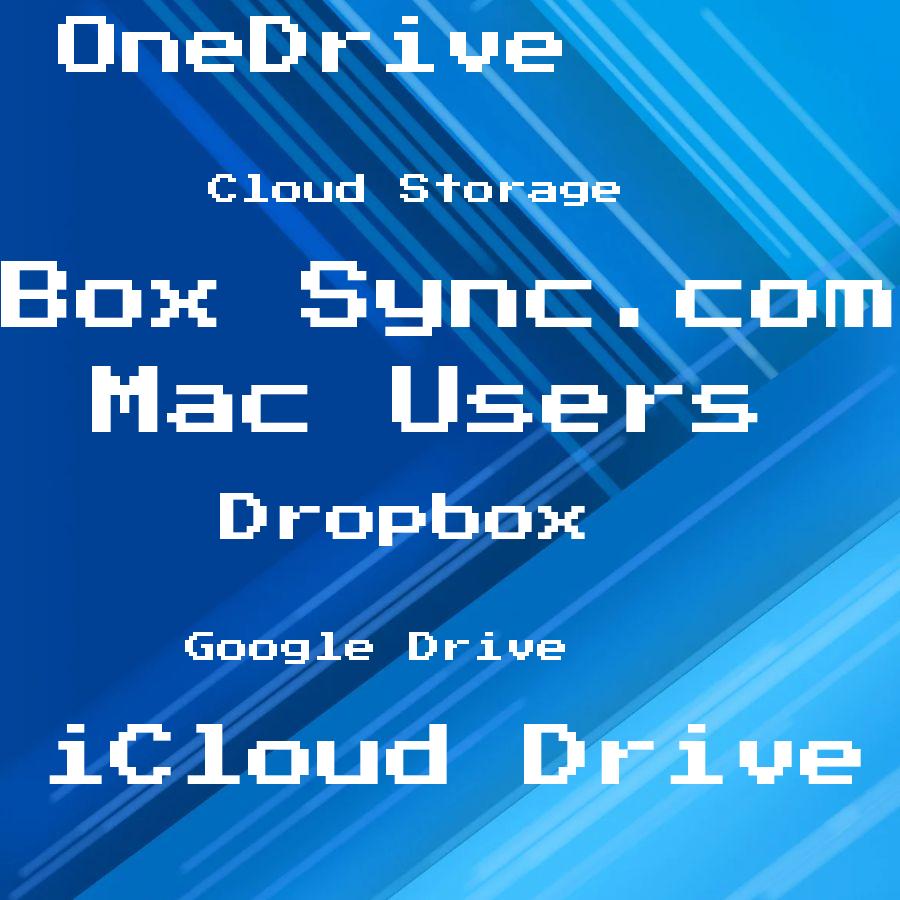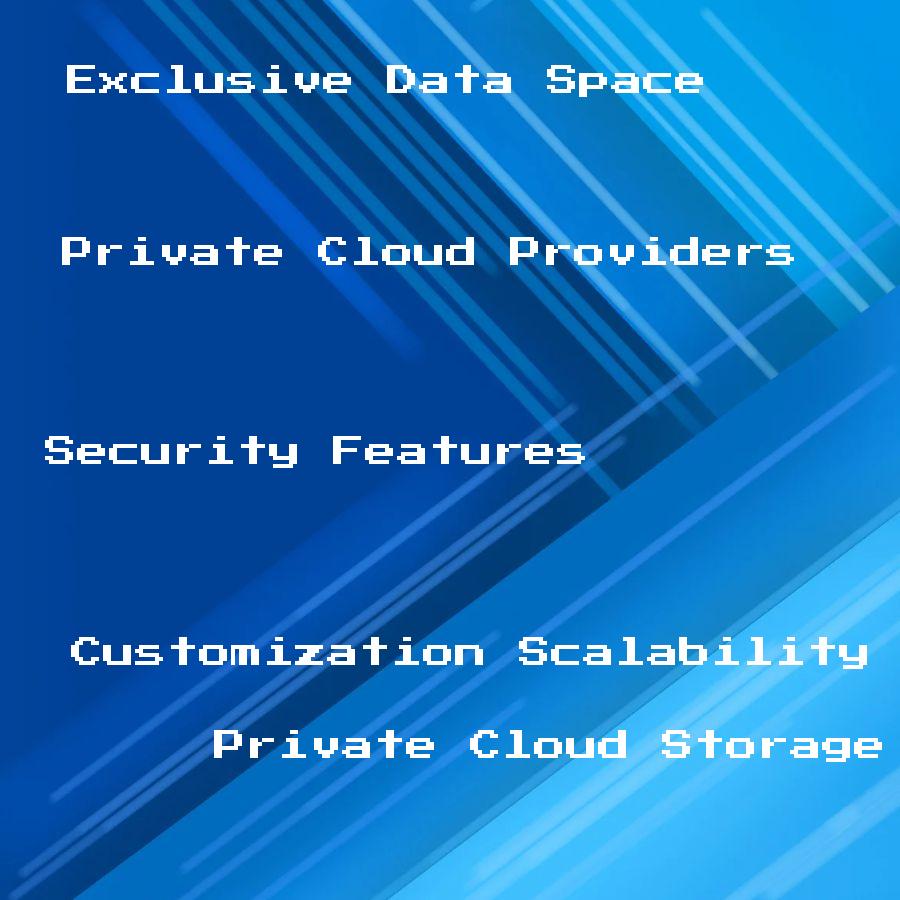Explore the key differences between cloud-hosted and cloud-native applications as we dive deep into their unique features, benefits, and best use cases.
Cloud computing has revolutionized the way businesses operate in today’s digital age. With its flexibility and scalability, it has become a popular choice for organizations to store and manage their data.
However, with so many options available, choosing the right cloud solution can be overwhelming. One of the most significant decisions you’ll need to make is whether to go for a cloud-hosted or cloud-native solution.
In this blog post, we’ll explore the differences between these two approaches and help you determine which one is best suited for your business needs. So grab a cup of coffee and let’s dive into the world of cloud computing!
Key takeaways:
- Cloud-hosted solutions are easy to deploy and offer cost savings.
- Cloud-native applications provide greater flexibility and scalability.
- Cloud-hosted applications rely on vendor-provided resources.
- Cloud-native solutions offer more control over infrastructure management.
- Cloud-native architectures and hybrid clouds are future trends in cloud computing.
Cloud Hosted Overview

Cloud-hosted applications are those that run on a cloud infrastructure provided by third-party vendors. In this model, the application is hosted on servers located in data centers managed by the vendor.
The vendor takes care of all aspects of managing and maintaining the infrastructure, including hardware upgrades, software updates, security patches and backups.
One significant advantage of cloud-hosted solutions is their ease of deployment. Since everything is managed by the vendor, businesses can quickly get up and running without worrying about setting up their own IT infrastructure or hiring additional staff to manage it.
Another benefit is cost savings since there’s no need for upfront capital investment in hardware or software licenses. Instead, businesses pay a monthly subscription fee based on usage levels.
However, one potential drawback with cloud hosting solutions could be limited scalability options as they may not offer enough flexibility to scale resources according to business needs during peak periods.
Cloud Native Basics
They are built using microservices architecture, which means that the application is broken down into smaller, independent components that can be developed and deployed separately. This approach allows for greater flexibility, scalability, and resilience than traditional monolithic applications.
Cloud-native applications also use containerization technology such as Docker or Kubernetes to package each component with its dependencies into a lightweight container. Containers provide consistency across different environments and make it easier to deploy the application in any cloud environment.
Another key feature of cloud-native applications is their ability to leverage automation tools for deployment, scaling up or down based on demand automatically. This ensures optimal resource utilization while reducing operational costs.
Key Differences
While both offer similar benefits such as scalability, flexibility, and cost-effectiveness, there are some key differences between them that you need to consider before making a decision.
Cloud-hosted applications run on virtual machines (VMs) provided by third-party vendors like Amazon Web Services (AWS), Microsoft Azure or Google Cloud Platform. These VMs can be customized according to your business needs but still rely on the underlying infrastructure of the provider.
On the other hand, cloud-native applications are built specifically for a particular platform using its native tools and services. They leverage microservices architecture which allows developers to build complex systems with smaller independent components that can be easily managed and scaled independently.
The main difference between these two approaches is in their level of control over infrastructure management. With a hosted solution, you have limited control over how your application runs since it relies heavily on vendor-provided resources while with native solutions you have more granular control over every aspect of your application’s environment including networking configuration or storage options.
Pros and Cons
Cloud-hosted applications are easy to deploy, require less maintenance, and offer a high level of flexibility. They also provide better control over data security as the hosting provider takes care of all the necessary measures.
On the other hand, cloud-native applications are designed specifically for the cloud environment. They offer superior scalability with automatic load balancing capabilities that can handle sudden spikes in traffic without any downtime or performance issues.
They allow for faster development cycles due to their microservices architecture.
However, one major disadvantage of using a cloud-native solution is its complexity compared to traditional monolithic architectures which may require additional resources such as skilled developers or DevOps teams.
Another factor that needs consideration is cost-effectiveness; while both options come with different pricing models based on usage patterns (pay-as-you-go vs fixed monthly fees), it’s essential to evaluate your business requirements before making a decision on which option will be more cost-effective in terms of long-term benefits versus short-term savings.
Scalability Comparison
It allows businesses to scale their resources up or down based on demand, ensuring that they only pay for what they use. When it comes to scalability, there are some key differences between cloud-hosted and cloud-native applications.
Cloud-hosted solutions typically offer vertical scaling, which means adding more resources (such as CPU or RAM) to a single server instance. This approach can be limiting in terms of how much you can scale since there’s a finite amount of hardware available on each server.
On the other hand, cloud-native solutions offer horizontal scaling by distributing workloads across multiple instances running in parallel. This approach provides virtually unlimited scalability since you can add as many instances as needed without worrying about hardware limitations.
Security Aspects
Cloud-hosted applications are typically hosted on third-party servers, which means that the security of your data relies heavily on the provider’s security measures. While most providers have robust security protocols in place, there is always a risk of data breaches or cyber-attacks.
On the other hand, with cloud-native applications, you have more control over your data’s security as they are built from scratch to be secure by design. This approach allows developers to implement advanced encryption techniques and access controls that can protect against potential threats.
However, it’s worth noting that both approaches require proper configuration and management for optimal protection against cyber threats.
Cost Analysis
Cloud-hosted solutions are typically less expensive upfront, as they require fewer resources to set up and maintain. However, over time, costs can add up as you pay for ongoing maintenance fees and upgrades.
On the other hand, while cloud-native solutions may have a higher initial investment due to their complex infrastructure requirements, they often provide more long-term cost savings through increased efficiency and scalability. With a cloud-native solution in place, businesses can easily scale their operations without having to worry about additional hardware or software expenses.
Ultimately it comes down to your business needs – if you’re looking for an affordable option with minimal setup time then go for a hosted solution; but if you want something that will grow with your business while providing long-term savings then choose native-cloud applications instead!.
Implementation Process of Cloud Hosted and Cloud Native
When it comes to implementing cloud solutions, both cloud hosted and cloud native approaches have their own distinct processes.
For a cloud hosted solution, the implementation process typically involves selecting a suitable hosting provider, provisioning the necessary infrastructure resources, and migrating applications or data to the chosen provider’s servers. This approach allows businesses to leverage existing applications and systems by moving them to an off-site location.
On the other hand, implementing a cloud native solution requires building applications specifically designed for deployment in the cloud environment. This involves utilizing modern development practices such as microservices architecture and containerization technologies like Docker or Kubernetes.
Cloud native solutions are built from scratch with scalability and resilience in mind.
The implementation process for each approach varies based on factors such as complexity of existing systems, required level of customization, available resources within an organization, and desired time-to-market.
Migration Considerations From Cloud Hosted to Cloud Native
First and foremost, it is crucial to assess the current infrastructure and determine if it can support the transition. This includes evaluating hardware capabilities, network connectivity, and security measures.
Organizations need to consider the level of customization required for their applications. Cloud hosted solutions often provide limited flexibility in terms of modifying underlying infrastructure components or scaling resources dynamically.
On the other hand, cloud native architectures offer greater control over application development and deployment processes.
Another key consideration is cost optimization. While moving towards a cloud native approach may bring long-term benefits such as improved scalability and reduced operational costs through automation, there may be initial investments required for rearchitecting applications or training staff on new technologies.
Lastly but importantly, organizations must evaluate any potential impact on performance during migration. It’s essential to thoroughly test applications in a controlled environment before making them live in a production setting.
Impact On Business Agility
By leveraging the power of the cloud, organizations can quickly scale their resources up or down based on demand. This flexibility allows businesses to respond rapidly to changing market conditions and customer needs.
With cloud hosted services, companies can easily add or remove servers as required, ensuring that they have the necessary computing power at all times.
On the other hand, cloud native applications are designed specifically for the cloud environment. They are built using microservices architecture and containerization technologies like Docker and Kubernetes.
This approach enables businesses to develop applications in a modular manner, making it easier to update individual components without disrupting overall functionality.
The ability to rapidly deploy new features or updates is crucial for staying competitive in today’s fast-paced digital landscape. Cloud hosted solutions provide organizations with greater agility by reducing infrastructure management overheads while still offering scalability options when needed.
However, adopting a fully-cloud-native approach takes business agility even further by allowing developers to take advantage of advanced capabilities such as auto-scaling and automated deployment pipelines provided by modern DevOps practices.
Case Studies: Real World Applications and Results
By examining specific examples, businesses can gain a better understanding of how these approaches have been implemented successfully in various industries.
One such case study involves a global e-commerce company that migrated its infrastructure from traditional on-premises servers to a cloud hosted environment. This move allowed them to scale their operations rapidly during peak shopping seasons, resulting in improved website performance and customer satisfaction.
By leveraging the flexibility of the cloud hosting platform, they were able to reduce costs associated with maintaining physical hardware.
In another case study, a software development firm adopted a cloud native approach for building their applications. By utilizing microservices architecture and containerization technologies like Docker or Kubernetes, they achieved greater agility in deploying new features and updates.
As a result, they experienced faster time-to-market for their products while ensuring high availability through automated scaling capabilities provided by the underlying infrastructure.
Future Trends in Cloud Computing: Cloud Hosted Vs Cloud Native
One significant trend is the ongoing shift towards cloud native architectures. Cloud native applications are designed specifically for the cloud environment and take full advantage of its capabilities, such as scalability and resilience.
Cloud hosted solutions, on the other hand, may face challenges when it comes to adapting to new technologies and scaling rapidly. As organizations increasingly prioritize agility and innovation, they are likely to favor cloud native approaches over traditional hosting models.
Another emerging trend is the rise of hybrid clouds that combine both public and private infrastructure. This allows businesses greater flexibility in choosing where their workloads reside based on factors like security requirements or cost considerations.
Advancements in containerization technologies like Docker have made it easier than ever before for developers to build portable applications that can run seamlessly across different environments – whether they be hosted or native.
While both cloud hosted and cloud-native solutions have their merits today; future trends suggest a growing preference towards adopting more agile architectures with a focus on leveraging all aspects of what modern-day clouds offer natively.
FAQ
What is the difference between cloud hosted and cloud-native?
The primary difference between cloud hosted and cloud-native lies in that cloud hosted involves running on a cloud provider’s virtual hardware, akin to possessing your own data center, while cloud-native is about building and running applications that exploit the advantages of the cloud computing delivery model.
What is a cloud hosted system?
A cloud hosted system is a platform where applications and websites are made accessible online, leveraging a network of virtual and physical servers for enhanced scalability and adaptability.
What is considered cloud-native?
Cloud-native refers to applications that are designed from the outset to operate in a cloud environment, incorporating technologies such as microservices, container orchestrators, and auto scaling.
What are the security implications of cloud-hosted and cloud-native platforms?
Cloud-hosted and cloud-native platforms can pose security risks, such as data breaches, loss or theft of data, insecure APIs, account hijacking, and inconsistent data protection, due to shared technology vulnerabilities, reduced control over data, and potential compliance issues.
How do scalability and performance differ in cloud-hosted and cloud-native infrastructures?
Scalability and performance vary between cloud-hosted and cloud-native infrastructures in that cloud-native infrastructures are designed from the ground up to automatically scale with demand and optimize performance, while cloud-hosted solutions require manual intervention to scale and might not fully exploit the performance benefits of the cloud.
Which industries can benefit the most from adopting cloud-native technologies?
The industries that can significantly benefit from adopting cloud-native technologies include healthcare, finance, retail, manufacturing, and education due to their needs for scalability, flexibility, and elevated efficiency.




